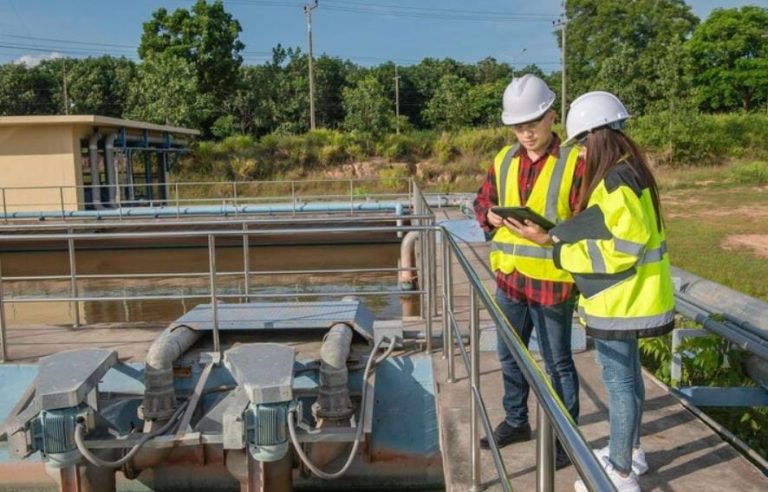Infrastructure Monitoring for Business Success with Real-time Visibility and Control
Asenqua Tech is reader-supported. When you buy through links on our site, we may earn an affiliate commission.
In today’s digital world, technology is essential to a company’s success. Companies rely on advanced technologies to deliver their products and services to clients, from infrastructure to apps. As a result, organizations must have real-time visibility and control over their infrastructure in order to assure reliability as well as efficiency.
This is when infrastructure monitoring enters the picture. Infrastructure monitoring enables organizations to check and manage the health and performance of their systems, allowing them to discover and address problems before they affect consumers. In this article, you will look at the necessity of infrastructure monitoring for company success, as well as the advantages it offers in terms of real-time visibility and management.
1. Bandwidth optimization
The ability to optimize bandwidth is one of the primary reasons why infrastructure monitoring is essential for business success. Businesses rely largely on data and internet connectivity to carry out their day-to-day operations in today’s fast-paced digital economy. However, network congestion, bandwidth limitations, and other network difficulties can create slowdowns and interruptions, affecting productivity and customer satisfaction.
Businesses may use infrastructure monitoring to evaluate network bandwidth utilization in real time and discover possible obstacles or faults before they disrupt vital operations. This enables organizations to control their bandwidth proactively and guarantee optimal data flow, resulting in optimized operations and a better user experience. Furthermore, by monitoring bandwidth utilization, enterprises may identify cost-saving opportunities by properly scaling their network equipment.
2. Capacity planning
Infrastructure monitoring is also important in business capacity planning. Businesses may acquire insights into their existing and future infrastructure demands by regularly monitoring the performance and utilization of their systems. This helps them to properly plan and deploy resources to fulfil their expanding demands while avoiding excessive expenses.
Capacity planning also helps companies prevent unexpected downtime or slowdowns caused by overloaded systems, guaranteeing smooth operations and customer satisfaction. Businesses may make data-driven choices and plan for future expansion if they have real-time visibility into the capacity of their infrastructure.
3. Proactive issue resolution
Even small infrastructure issues can quickly grow into huge problems in today’s hyper-connected society if not handled quickly. This may lead to expensive downtime, customer loss, and reputational damage to an organization. Infrastructure monitoring enables businesses to discover and fix possible problems before they create substantial interruptions. Businesses that have real-time insight into their systems may receive rapid warnings and take prompt action to address any problems, reducing the effect on their operations and consumers.
Furthermore, by analysing past data and trends, businesses may detect persistent problems and create permanent solutions to prevent future catastrophes. Overall, proactive issue resolution via infrastructure monitoring adds to improved system dependability and performance, which leads to increased business success.
4. Security enhancements
Another important advantage of infrastructure monitoring for business success is increased security. With the rising frequency and sophistication of cyber-attacks, organizations must implement strong security measures to protect their systems and data. Infrastructure monitoring allows companies to detect and avoid possible security risks by providing real-time visibility into network and system activities.
Businesses may discover and reduce security breaches before they do major harm to their operations by continually monitoring their infrastructure for any strange behaviour or unauthorized access. In addition, by constantly monitoring and analysing trends through the medium of specialists like IT Gurus, businesses can find weaknesses in their systems and make proactive efforts to improve their security posture. This not only protects the company’s sensitive data but also promotes consumer trust and reliability, resulting in long-term success.
To summarise, companies must have real-time visibility and control over their infrastructure in order to succeed in today’s digital world. Businesses may assure effective operations, cost savings, and customer satisfaction by optimizing bandwidth, decreasing capacity planning, and enabling proactive issue response. As technology evolves and plays a larger role in corporate performance, the demand for good infrastructure monitoring will only expand. To remain competitive and fulfil their goals in today’s ever-changing business market, companies must invest in extensive monitoring systems.







